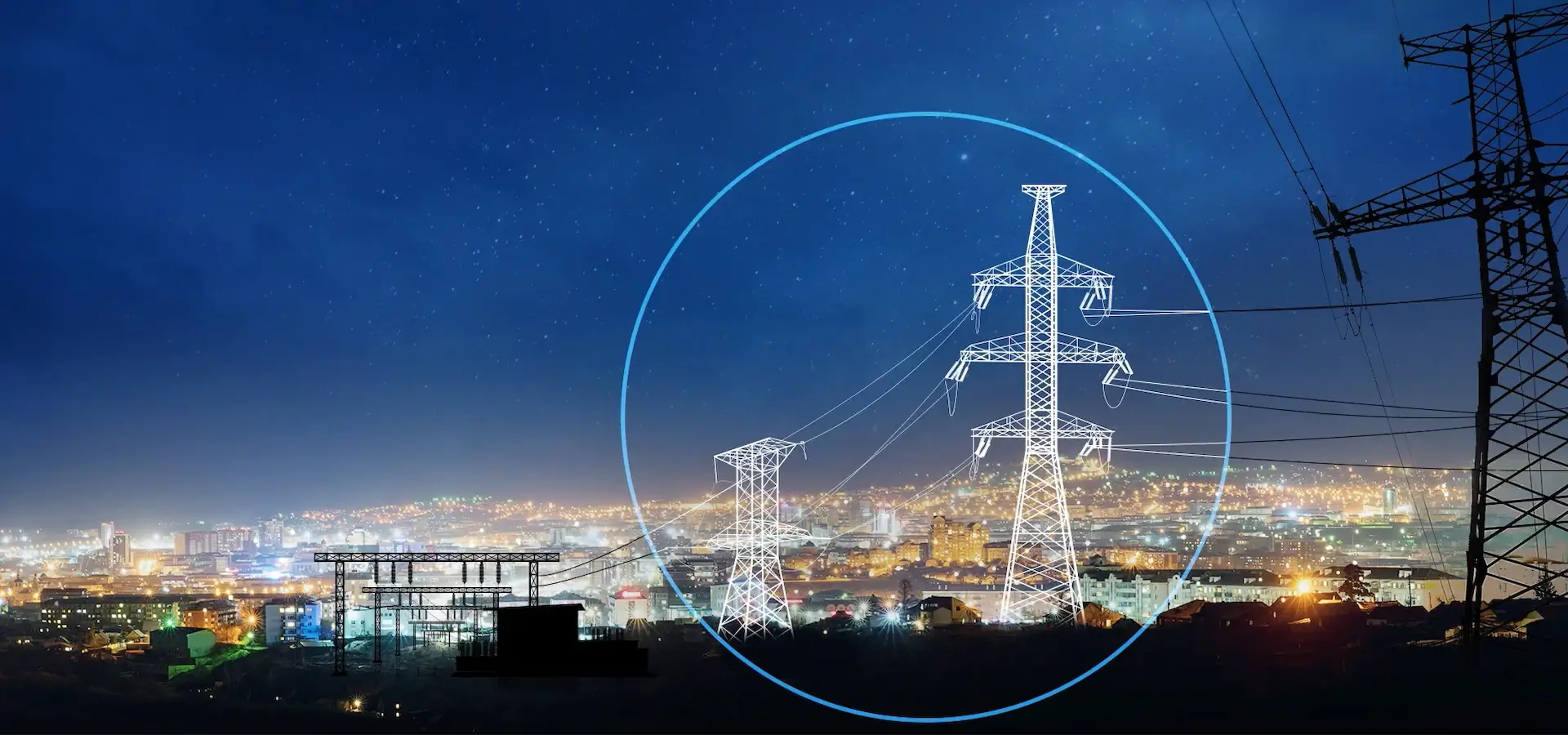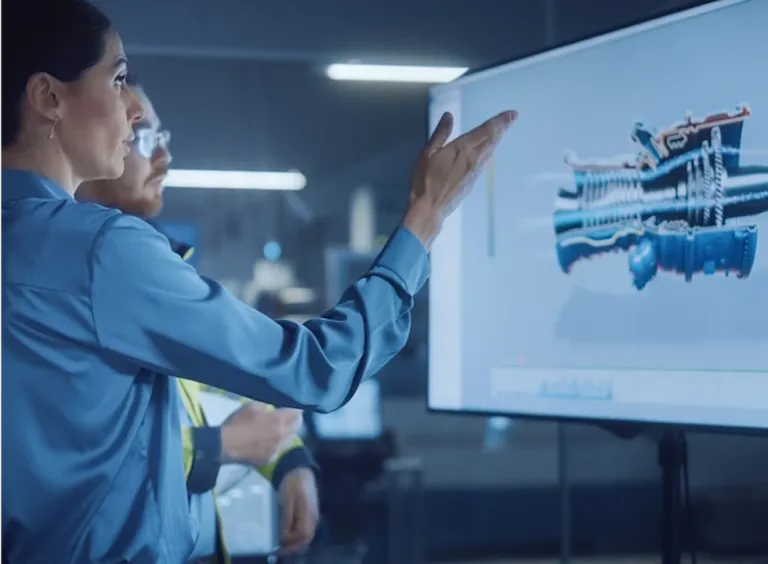Transforming Utility Networks Through Power and Gas Systems Digitalization
Elevate electric and gas grid management using multiscale virtual twins and a common data environment for efficient, future-ready networks.
Revolutionizing Utility Networks for a Climate-Ready Future
The energy transition and climate change imperatives demand a global-scale transformation of how utility networks operate. Aging infrastructure, renewable integration and evolving regulations require innovative solutions to stay competitive in an ever-evolving industry.
Digitalization drives the modernization of networks for enhanced power (electricity) and gas grid performance and operational resilience against future challenges. An integrated approach achieved through virtual twin technology and a common data environment allows transmission and distribution system operators to achieve greater sustainability, efficiency and adaptability in their operations.
The 3DEXPERIENCE® platform drives the digitalization of utility networks for:
Proactive Asset Management
Extreme weather events call for advanced solutions to ensure utility networks remain resilient. Virtual twin technology provides real-time monitoring for predictive maintenance to mitigate risks and minimize downtime during adverse scenarios. By ensuring regulatory compliance and alignment with carbon targets, transmission and distribution system operators can confidently integrate renewable energy sources into increasingly complex power (electricity) and gas grids.
Seamless Team Collaboration
Efficient utility networks require streamlined communication and collaboration across diverse teams. A common data environment enhances data quality, traceability and accessibility, enabling seamless coordination between internal teams and external contractors. This unified approach accelerates the decision-making process, fostering better compliance to industry regulations and energy standards.
Streamlined Lifecycle Management
Adapting to future demands requires utility networks to standardize and optimize the asset lifecycle management process. Virtual twin technology within a geospatial context enables precise planning, strategic asset renewal and proactive maintenance. This empowers operators to enhance resilience, control costs and ensure uninterrupted service delivery, even in dynamic conditions.
Our 3DEXPERIENCE platform enables utility companies like Snam to maintain assets throughout their lifecycle, adapt them to ensure that energy systems work when needed most and deliver new solutions.
The Blueprint to Future-Ready Utility Grids
Digitalization using virtual twin technology and a common data environment revolutionizes utility networks.
The future of effective power (electricity) and gas grid management hinges on the ability to adapt and digitalize. The 3DEXPERIENCE serves as a single source of truth for teams to collaborate across all phases of an operation. This facilitates the seamless transition from linear, resource-centric asset management to more flexible, integrated power and gas systems.
Smart Strategies for Utility Modernization
Watch our two-part video series to learn how multiscale virtual twins bridge the gap between building information modeling (BIM) and geographic information systems (GIS). Discover how transmission and distribution system operators can optimize infrastructures in context and monitor environmental conditions to integrate geospatial data. Modernize your operations with us.




